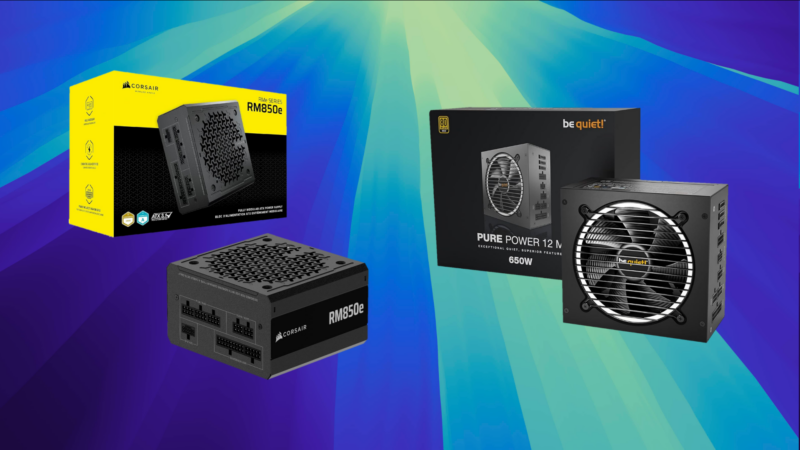If you’re paying $1200 for an RTX 5080, settling for a budget AIB model is the worst mistake you can make. Find out why.
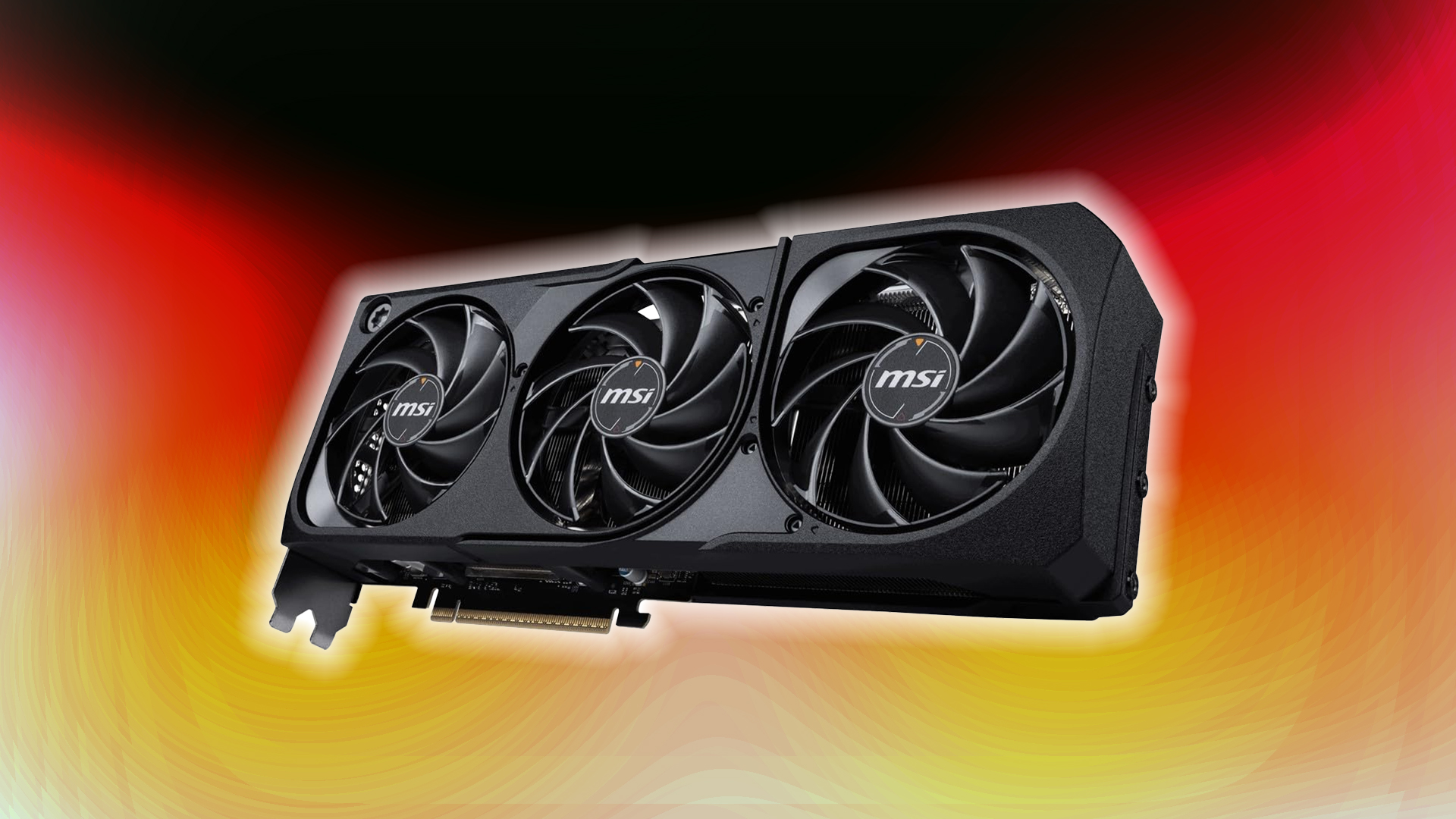
The RTX 5080 is an incredibly capable GPU, but unlike its bigger brother, the RTX 5090, it does not offer a significant performance boost. Like the design choices cut on RTX 5090 MSRP models, the RTX 5080 MSRP models suffer the same fate.
Board partners like PNY, Palit, and Zotac ship their MSRP cards at the advertised $1200 price. However, they compromise a lot on build quality. Starting with power delivery and thermal solutions for memory, VRM, and the GPU core.
Read More: 5 Best PSUs That Can Handle the Nvidia RTX 5080
1. VRM Hotspots That Will Degrade Your Card Over Time
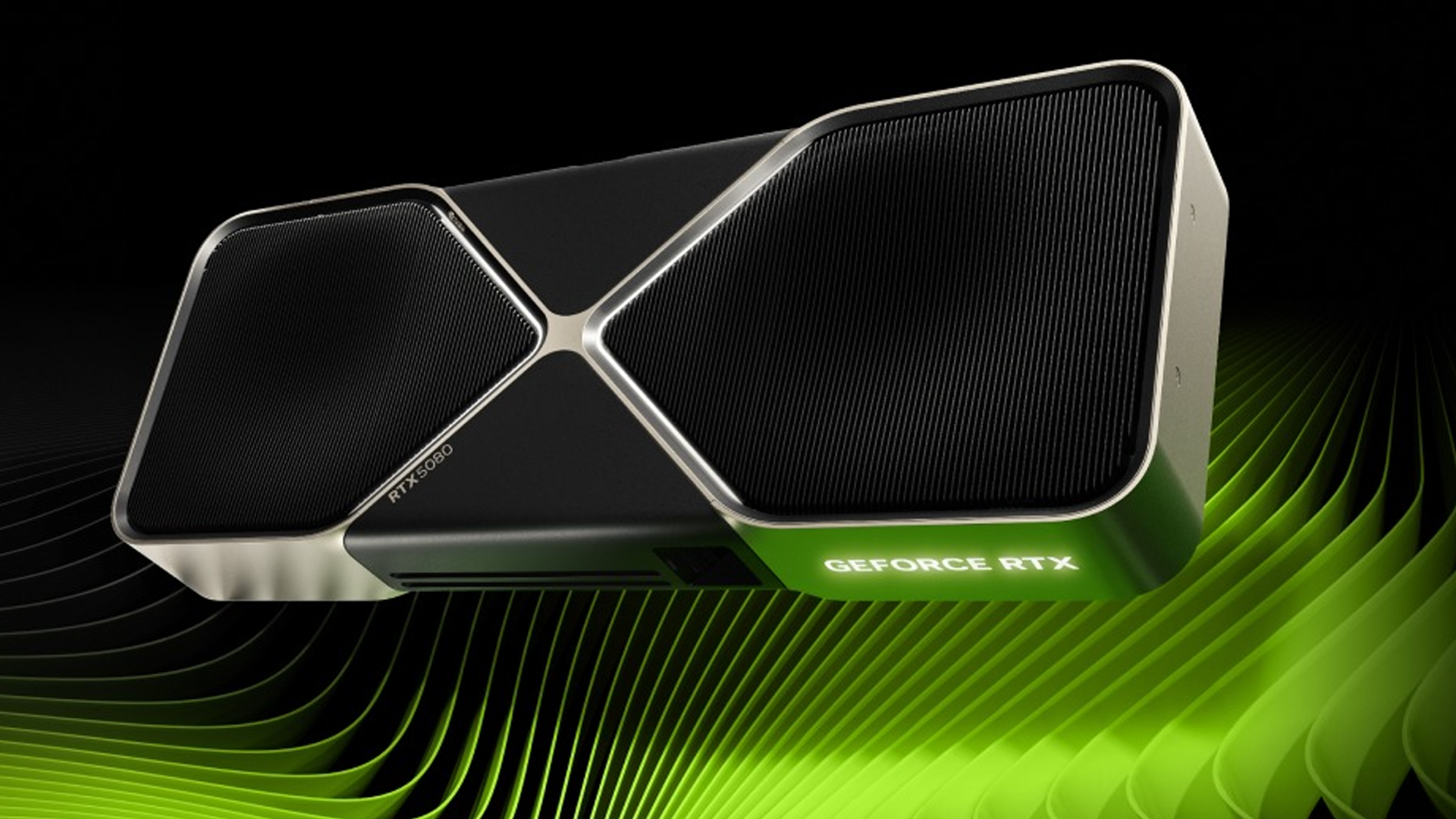
Based on multiple reports, MSRP models, such as Palit RTX 5080 Gaming Pro OC, had high hotspot temperatures above 80°C. The GPU core sat at a comfortable 70°C, but the VRM area was not in contact with the cooling pads. This causes the card to become unstable.
Budget RTX 5080 cards lack adequate VRM configurations, and it’s risky to opt for these MSRP models. The only exception we would recommend would be PNY’s MSRP model.
2. Inadequate Cooling for GDDR7 Memory
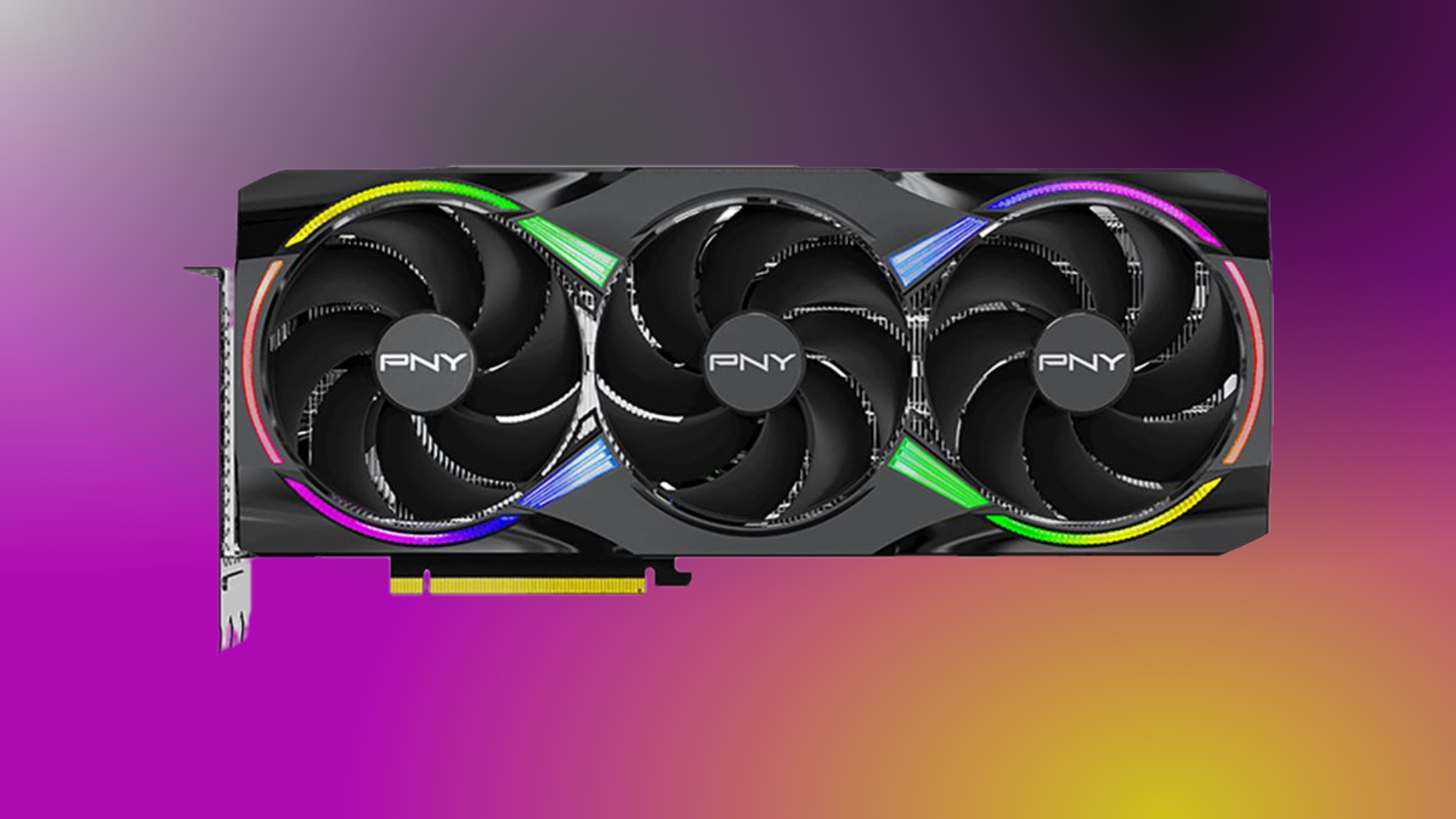
GDDR7 memory tends to run very hot, around 90-95°C. MSRP models skimp on cooling, using a cheap thermal pad and inconsistent contact with the backplate, leading to thermal throttling and performance drops. The 5080 has a total TDP of 360W, which requires a serious cooling configuration, so we recommend buying the flagship SKU from that brand.
3. Power Connector Overheating Risk
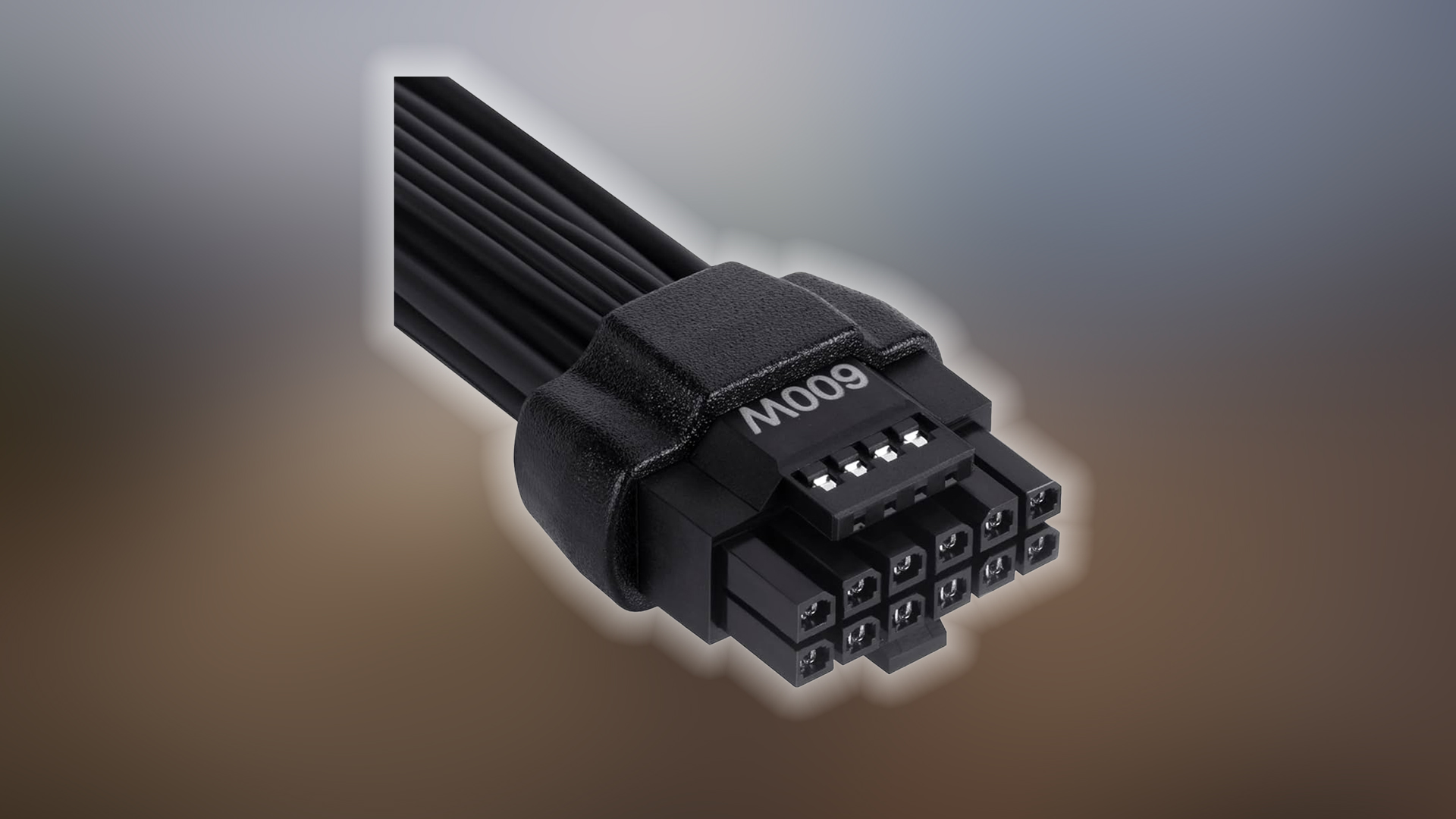
The 12VHPWR connector is part of the problem, as you never know what is going wrong when a fault occurs. The RTX 5080 draws around 360W with transient spikes reaching 380-400W under full load. This is where it becomes very risky for MSRP models.
In some instances, such as with the Zotac Solid One, the connector is positioned towards the vents, blocking airflow, and the 12VHPWR cable may melt due to hot air directly dissipating over it.
4. PCIe Interface Instability and Defects

Based on multiple reports, cheaper RTX 5080 models, particularly the Palit version, have been found to have compatibility issues with PCIe 5.0, resulting in black screens, system crashes, and stuttering. These cards would only function correctly on PCIe 4.0 or even PCIe 3.0, completely negating the bandwidth advantage of the newer interface.
Premium models from ASUS and MSI are fully validated across PCIe generations and very rarely experience these issues.
5. Underwhelming Features
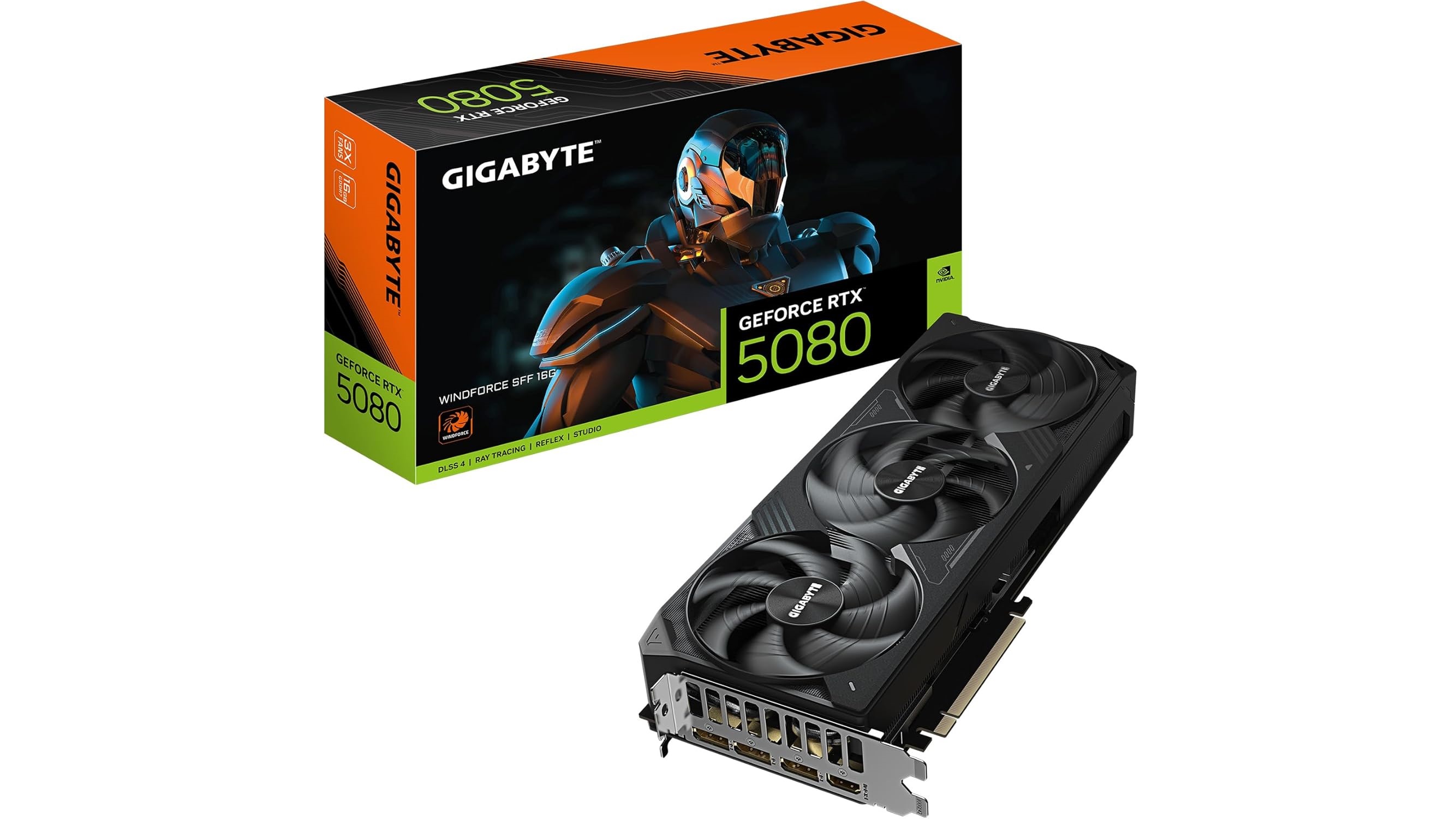
Premium cards feature Dual BIOS and can push higher clock speeds due to better silicon binning at the hard-coded voltage/frequency curve. MSRP models do not always feature the luxury of a Dual BIOS system, and their GPU binning may not be that great either, resulting in a lower GPU boost clock. If you were thinking of flashing the VBIOS of a premium model, you technically can, but if anything goes wrong, you would be left with an expensive paperweight.
Read More: 5 Best Games for Nvidia RTX 5080
We provide the latest news and “How To’s” for Tech content. Meanwhile, you can check out the following articles related to PC GPUs, CPU and GPU comparisons, mobile phones, and more:
- 5 Best Air Coolers for CPUs in 2025
- ASUS TUF Gaming F16 Release Date, Specifications, Price, and More
- iPhone 16e vs iPhone SE (3rd Gen): Which One To Buy in 2025?
- Powerbeats Pro 2 vs AirPods Pro 2: Which One To Get in 2025
- RTX 5070 Ti vs. RTX 4070 Super: Specs, Price and More Compared
- Windows 11: How To Disable Lock Screen Widgets
 Reddit
Reddit
 Email
Email


